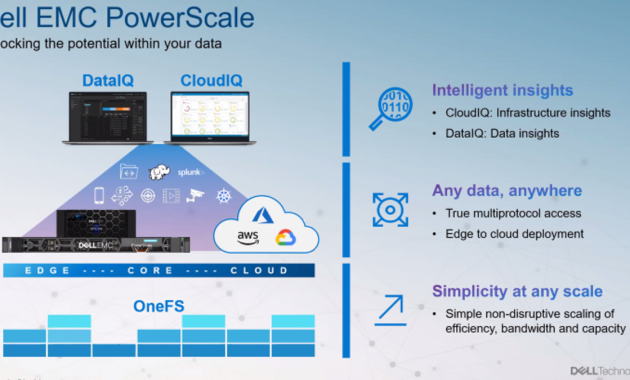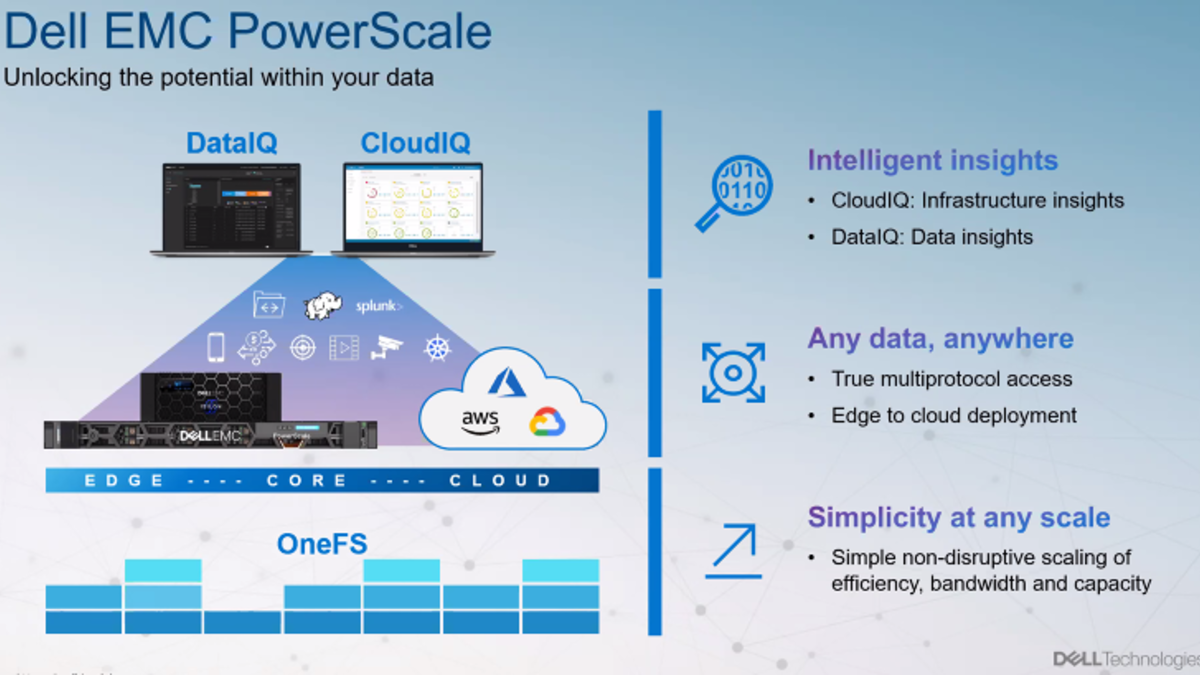
Business Intelligence Tools for Frictionless Data Exploration: A Deep Dive
In today’s data-driven landscape, the ability to quickly and effectively explore data is paramount. Organizations are drowning in information, and the challenge lies not in acquiring data, but in extracting meaningful insights. This is where Business Intelligence (BI) tools become invaluable, offering a means to navigate the complexities of data and unlock its potential. This article delves into the world of Business Intelligence tools, focusing on how they facilitate frictionless data exploration and empower users to make informed decisions. We’ll explore the key features, benefits, and considerations when choosing the right BI solution for your needs.
The Rise of Data and the Need for BI
The sheer volume of data generated daily is staggering. From customer interactions and sales figures to market trends and operational performance, businesses collect vast amounts of information. This data, however, is often scattered across various systems, making it difficult to access and analyze. Without the right tools, this valuable data remains locked away, hindering decision-making and strategic planning.
Business Intelligence tools address this challenge by providing a centralized platform for data integration, analysis, and visualization. They transform raw data into actionable insights, enabling users to understand trends, identify opportunities, and mitigate risks. These tools are no longer a luxury; they are a necessity for organizations aiming to stay competitive.
What are Business Intelligence Tools?
At their core, Business Intelligence tools are software applications designed to collect, process, analyze, and visualize data. They offer a range of functionalities, including data integration, data warehousing, reporting, dashboards, and data mining. These tools empower users to explore data independently, without requiring extensive technical expertise. The goal is to make data accessible and understandable to everyone within the organization.
Key components of Business Intelligence tools often include:
- Data Integration: Connecting to various data sources, such as databases, spreadsheets, and cloud platforms.
- Data Warehousing: Storing and organizing data in a structured format for analysis.
- Reporting and Dashboards: Creating reports and interactive dashboards to visualize key performance indicators (KPIs).
- Data Analysis: Performing various analytical techniques, such as statistical analysis and data mining.
- Data Visualization: Presenting data in charts, graphs, and other visual formats to facilitate understanding.
Frictionless Data Exploration: The Holy Grail
Frictionless data exploration refers to the ability to explore data without encountering significant obstacles or delays. It means providing users with an intuitive and user-friendly experience, allowing them to quickly access, analyze, and understand data. This is achieved through features such as self-service analytics, drag-and-drop interfaces, and interactive visualizations. The goal is to empower users to answer their own questions, without relying on IT or data specialists.
Business Intelligence tools that prioritize frictionless data exploration often incorporate the following features:
- User-Friendly Interfaces: Intuitive interfaces that are easy to navigate and understand.
- Self-Service Analytics: Allowing users to perform their own analysis without requiring technical assistance.
- Drag-and-Drop Functionality: Simplifying data manipulation and report creation.
- Interactive Visualizations: Providing dynamic and engaging ways to explore data.
- Mobile Accessibility: Allowing users to access data and insights from anywhere, anytime.
Benefits of Using Business Intelligence Tools for Frictionless Data Exploration
Implementing Business Intelligence tools for frictionless data exploration offers numerous benefits to organizations:
- Improved Decision-Making: By providing timely and accurate insights, BI tools enable better-informed decisions.
- Increased Efficiency: Automating data analysis and reporting frees up valuable time and resources.
- Enhanced Collaboration: Sharing data and insights across teams fosters collaboration and alignment.
- Data-Driven Culture: Promoting a culture where decisions are based on data rather than intuition.
- Competitive Advantage: Gaining a deeper understanding of customers, markets, and operations.
Key Features to Look for in Business Intelligence Tools
When choosing a Business Intelligence tool, consider the following features to ensure it supports frictionless data exploration:
- Ease of Use: The tool should be intuitive and easy to learn, with a user-friendly interface.
- Data Connectivity: It should support a wide range of data sources, including databases, cloud platforms, and spreadsheets.
- Data Visualization Capabilities: The tool should offer a variety of charts, graphs, and other visualizations to present data effectively.
- Self-Service Analytics: It should empower users to perform their own analysis without requiring technical assistance.
- Mobile Accessibility: The tool should be accessible on mobile devices, allowing users to access data from anywhere.
- Scalability: The tool should be able to handle increasing amounts of data as the organization grows.
- Security: The tool should offer robust security features to protect sensitive data.
- Integration: It should integrate well with other business applications, such as CRM and ERP systems.
Popular Business Intelligence Tools
Several Business Intelligence tools are available on the market, each offering unique features and capabilities. Some of the most popular options include:
- Tableau: Known for its powerful data visualization capabilities and user-friendly interface.
- Power BI: A Microsoft product that offers a comprehensive suite of BI tools, including data integration, analysis, and visualization.
- Qlik Sense: A self-service BI platform that uses an associative data model to explore data.
- Looker: A cloud-based BI platform that focuses on data governance and collaboration.
- Sisense: A platform that provides embedded analytics and data-driven insights.
The best tool for your organization will depend on your specific needs and requirements. Consider factors such as data sources, budget, technical expertise, and desired features when making your decision.
Implementing Business Intelligence Tools for Success
Implementing Business Intelligence tools is more than just purchasing software; it requires a strategic approach. Here are some key steps to ensure success:
- Define Your Goals: Clearly define your business objectives and the key questions you want to answer with data.
- Choose the Right Tool: Select a BI tool that meets your specific needs and requirements.
- Plan Your Data Strategy: Develop a data strategy that outlines how you will collect, store, and manage data.
- Integrate Your Data: Connect your BI tool to your various data sources.
- Train Your Users: Provide training to your users on how to use the BI tool and interpret data.
- Monitor and Evaluate: Regularly monitor the performance of your BI tool and make adjustments as needed.
The Future of Business Intelligence
The future of Business Intelligence is exciting, with several trends shaping the industry:
- Artificial Intelligence (AI) and Machine Learning (ML): AI and ML are being integrated into BI tools to automate data analysis, provide predictive insights, and personalize the user experience.
- Cloud-Based BI: Cloud-based BI platforms are becoming increasingly popular, offering scalability, flexibility, and cost-effectiveness.
- Embedded Analytics: Embedding BI capabilities into other business applications is making data and insights more accessible to users.
- Data Literacy: Organizations are investing in data literacy training to empower employees to make data-driven decisions.
- Data Democratization: The trend of making data accessible to everyone in the organization is accelerating.
These trends will continue to shape the evolution of Business Intelligence tools, making frictionless data exploration even more accessible and powerful.
Conclusion: Embracing Frictionless Data Exploration
Business Intelligence tools are essential for organizations seeking to thrive in today’s data-driven world. By enabling frictionless data exploration, these tools empower users to unlock the value of their data and make informed decisions. Choosing the right BI solution and implementing it strategically is crucial for success. As the industry continues to evolve, embracing the latest trends and technologies will be key to staying ahead of the curve. The future of business is data-driven, and Business Intelligence tools are the key to unlocking that future. Investing in these tools is an investment in your organization’s success.
[See also: Choosing the Right BI Tool for Your Business]
[See also: Data Visualization Best Practices]
[See also: The Role of AI in Business Intelligence]
[See also: Building a Data-Driven Culture]

